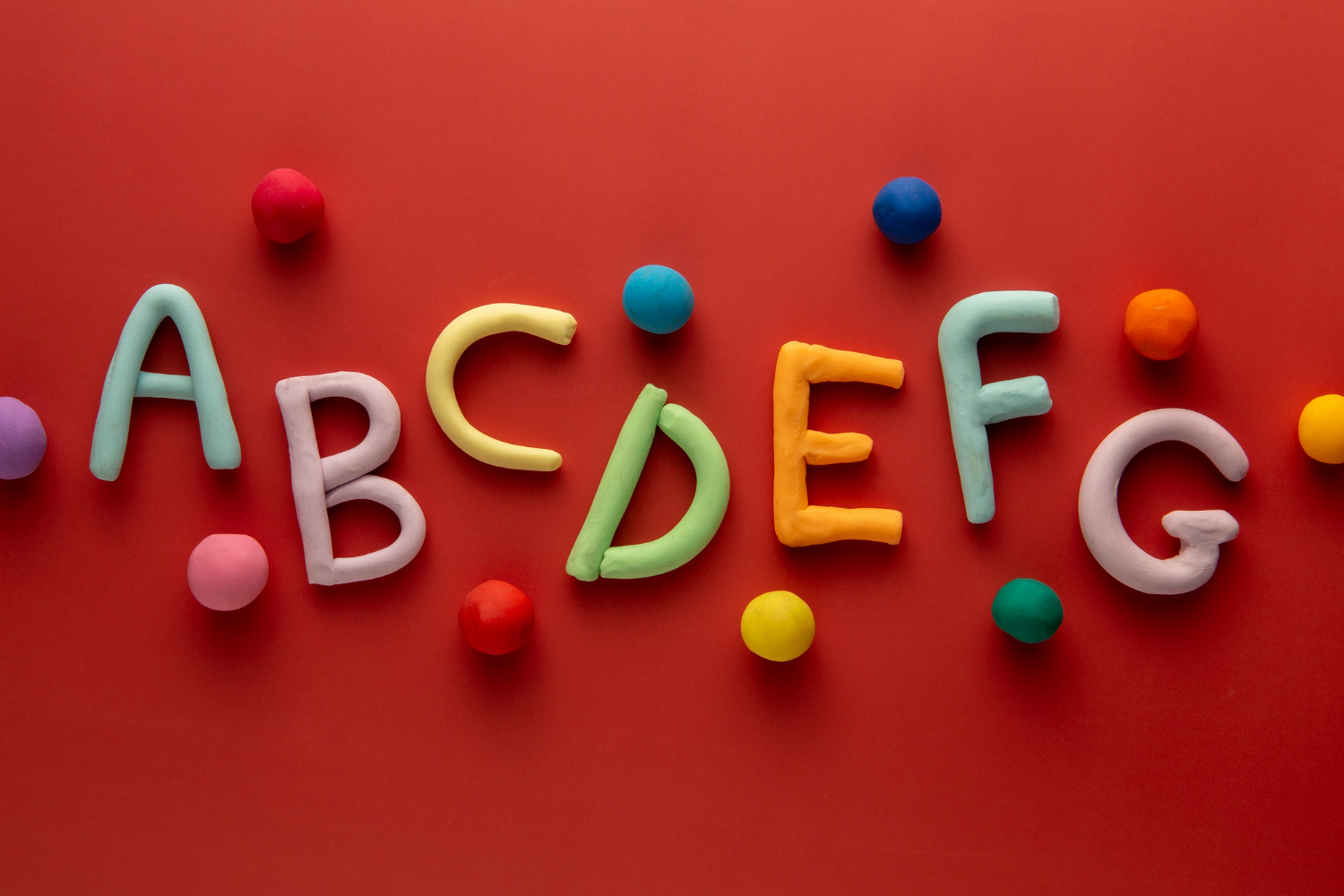
Ever wondered about the alphabet you use every day? It's more than just letters strung together. Did you know the alphabet has a rich history spanning thousands of years? From ancient Egyptian hieroglyphs to the modern Latin alphabet, each letter has a story. For instance, the letter "A" started as an ox head in ancient Phoenician script. Over time, it evolved into the shape we recognize today. The alphabet isn't just a tool for communication; it's a living record of human civilization. Ready to dive into some fascinating facts about the alphabet? Let's get started!
Key Takeaways:
- The alphabet has a rich history, evolving from ancient civilizations to modern technology. It's not just letters; it's a window into the world's languages and cultures.
- Learning the alphabet is the first step to unlocking the magic of reading and communication. From A to Z, each letter has its own story and significance.
Origins of the Alphabet
The alphabet has a fascinating history that spans thousands of years. Let's explore some intriguing facts about its origins.
- The earliest known alphabet was created by the Semitic-speaking people in the Sinai Peninsula around 1800 BCE.
- The Phoenicians, an ancient civilization, developed one of the first alphabets around 1050 BCE, which greatly influenced later alphabets.
- The Greek alphabet, derived from the Phoenician script, introduced vowels for the first time.
- The Latin alphabet, which is the basis for many modern alphabets, evolved from the Etruscan alphabet, which was itself derived from the Greek alphabet.
- The Cyrillic alphabet, used in many Slavic languages, was created in the 9th century by Saints Cyril and Methodius.
Structure and Evolution
The alphabet has undergone numerous changes and adaptations over the centuries. Here are some key facts about its structure and evolution.
- The English alphabet consists of 26 letters, but the original Latin alphabet had only 23 letters.
- The letter "J" was the last letter added to the English alphabet, around the 16th century.
- The letter "W" was originally written as a double "U" (UU) and was considered a separate letter in the 11th century.
- The ampersand (&) was once considered the 27th letter of the English alphabet.
- The alphabet has been adapted to fit the phonetic needs of different languages, resulting in variations like the Spanish "ñ" and the German "ß".
Fun Facts About Letters
Each letter of the alphabet has its own unique story and characteristics. Here are some fun facts about individual letters.
- The letter "A" is the most commonly used letter in the English language.
- The letter "E" is the most frequently used vowel in English.
- The letter "Q" is almost always followed by the letter "U" in English words.
- The letter "Z" is the least frequently used letter in English.
- The letter "X" is often used to represent something unknown or mysterious.
Alphabet in Different Cultures
Different cultures have their own unique alphabets and writing systems. Let's take a look at some interesting facts about alphabets around the world.
- The Arabic alphabet is written from right to left, unlike the Latin alphabet which is written from left to right.
- The Hebrew alphabet has no vowels; instead, vowel sounds are indicated by diacritical marks.
- The Chinese writing system is not an alphabet but a logographic system, where each character represents a word or a meaningful part of a word.
- The Korean alphabet, Hangul, was created in the 15th century and is known for its scientific design.
- The Devanagari script, used for writing Hindi and Sanskrit, is an abugida, where each character represents a consonant-vowel combination.
Modern Usage and Technology
The alphabet continues to play a crucial role in modern communication and technology. Here are some facts about its contemporary usage.
- The International Phonetic Alphabet (IPA) is a standardized system of phonetic notation used by linguists to accurately represent the sounds of spoken language.
- ASCII (American Standard Code for Information Interchange) is a character encoding standard that uses the English alphabet to represent text in computers and other devices.
- The NATO phonetic alphabet, also known as the ICAO phonetic alphabet, is used to ensure clear communication over radio and telephone by assigning code words to each letter (e.g., Alpha for A, Bravo for B).
- Emoji, a modern form of pictographic writing, often incorporate letters from the alphabet to convey specific meanings or emotions.
- CAPTCHA tests, used to distinguish between humans and bots online, often involve recognizing and typing letters from the alphabet.
Alphabet Trivia
Let's dive into some more quirky and lesser-known facts about the alphabet.
- The word "alphabet" comes from the first two letters of the Greek alphabet, "alpha" and "beta."
- The longest word in the English language without a vowel is "rhythms."
- The pangram "The quick brown fox jumps over the lazy dog" contains every letter of the English alphabet.
- The shortest complete sentence in English is "I am."
- The word "alphabet" itself is a palindrome in the sense that it reads the same backward and forward in terms of letter positions (A-B-C…C-B-A).
Alphabet in Pop Culture
The alphabet has also made its mark in pop culture. Here are some interesting facts about its influence.
- The famous "Alphabet Song" is sung to the tune of "Twinkle, Twinkle, Little Star."
- The TV show "Sesame Street" has been teaching children about the alphabet since 1969.
- The movie "The Alphabet Murders" is based on Agatha Christie's novel featuring the detective Hercule Poirot.
- The book "Alphabet City" by Stephen T. Johnson features illustrations of letters found in everyday urban environments.
- The "Alphabet Aerobics" song by Blackalicious is known for its rapid-fire delivery of alphabetically ordered words.
Alphabet and Education
The alphabet is a fundamental part of early education. Here are some facts about its role in learning.
- Learning the alphabet is one of the first steps in literacy for young children.
- Alphabet blocks and flashcards are common tools used to teach children the letters of the alphabet.
- Many educational programs and apps are designed to help children learn the alphabet through interactive games and activities.
- Phonics, a method of teaching reading, focuses on the sounds that letters and combinations of letters make.
- Alphabet books, which feature a letter on each page along with corresponding words and pictures, are popular among young readers.
The Final Letters
The alphabet isn't just a bunch of letters. It's a treasure chest of history, culture, and quirks. From ancient origins to modern uses, each letter has a story. Knowing these facts can make you appreciate the alphabet more.
Think about how letters shape our communication. They form words, sentences, and entire languages. Without them, sharing ideas would be tough.
Next time you write or read, remember the rich history behind each letter. It's not just about A to Z; it's about the journey each letter has taken to get here.
So, keep exploring the alphabet. There's always something new to learn. Whether you're a student, a teacher, or just curious, the alphabet has endless secrets waiting to be discovered.
Frequently Asked Questions
Was this page helpful?
Our commitment to delivering trustworthy and engaging content is at the heart of what we do. Each fact on our site is contributed by real users like you, bringing a wealth of diverse insights and information. To ensure the highest standards of accuracy and reliability, our dedicated editors meticulously review each submission. This process guarantees that the facts we share are not only fascinating but also credible. Trust in our commitment to quality and authenticity as you explore and learn with us.


